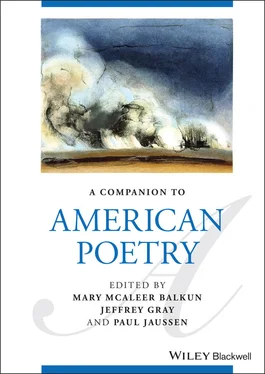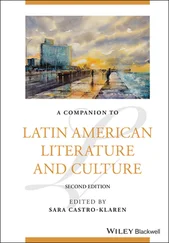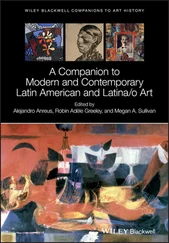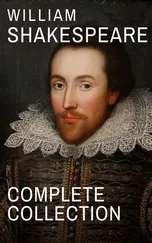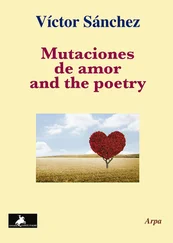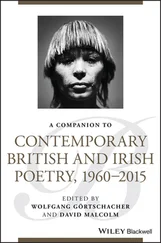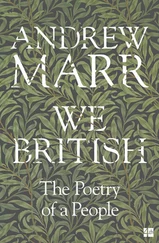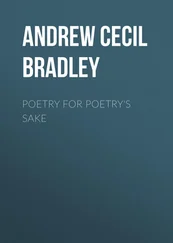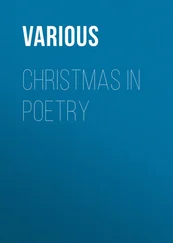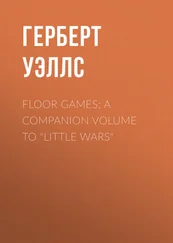353 343
354 344
355 345
356 346
357 347
358 348
359 349
360 350
361 351
362 352
363 353
364 354
365 355
366 356
367 357
368 358
369 359
370 360
371 361
372 362
373 363
374 364
375 365
376 366
377 367
378 368
379 369
380 370
381 371
382 372
383 373
384 374
385 375
386 376
387 377
388 378
389 379
390 380
391 381
392 382
393 383
394 384
395 385
396 386
397 387
398 388
399 389
400 390
401 391
402 392
403 393
404 394
405 395
406 396
407 397
408 398
409 399
410 400
411 401
412 402
413 403
414 404
415 405
416 406
417 407
418 408
419 409
420 410
421 411
422 412
423 413
424 414
425 415
426 416
427 417
428 418
429 419
430 420
431 421
432 422
433 423
434 424
435 425
436 426
437 427
438 428
439 429
440 430
441 431
442 432
443 433
444 434
445 435
446 436
447 437
448 438
449 439
450 440
451 441
452 442
453 443
454 444
455 445
456 446
457 447
458 448
459 449
460 450
461 451
462 452
463 453
464 454
465 455
466 456
467 457
468 458
469 459
470 460
471 461
472 462
473 463
474 464
475 465
476 466
477 467
478 468
479 469
480 470
481 471
482 472
483 473
484 474
485 475
486 476
487 477
488 478
489 479
490 480
491 481
492 482
493 483
494 484
495 485
496 486
497 487
498 488
499 489
500 490
501 491
502 492
503 493
504 494
505 495
506 496
507 497
508 498
509 499
510 500
511 501
512 502
513 503
514 504
515 505
516 506
517 507
518 508
519 509
520 510
521 511
522 512
523 513
524 514
525 515
526 516
527 517
528 518
Mary McAleer Balkun, Jeffrey Gray, and Paul Jaussen
In his 1919 essay “Tradition and the Individual Talent,” T.S. Eliot observed that the creation of a new work of art necessarily changes those that preceded it: “The existing monuments form an ideal order among themselves, which is modified by the introduction of the new (the really new) work of art among them” (1920, para. 4). In the case of poetry, new work changes the way we look at Emily Dickinson’s fascicles or modernist images, for example, or indeed what we decide to call “American” poetry. Like works of art, critical paradigms can refine methods, broaden contexts, and reorganize the field of poetics, transforming what scholars value or understand about poems. The New Criticism, for instance, raised the profile of the lyric poem in the early twentieth century, an elevation that was later challenged, first, in the late twentieth century by the New Historicism, which restored the elements of identity and context and privileged narrative over lyric, and more recently by the “new lyric studies,” which questions the critical stance toward this genre over the past century, one that has often ignored the diversity of poetry and its historical dimension. The twenty-first century has seen a growing interest in documentary and archival poetry, a further remove from New Critical impersonality. As a result of changes in both poetic practice and critical paradigms, often in a reciprocal relation with one another, the study of poetry has evolved at a rapid rate.
This volume was conceived and written during a period of accelerating global instability, with the re-emergence of authoritarian political regimes, the increasingly obvious effects of climate change, and, in the final years of writing and editing, the COVID-19 pandemic. These challenges highlight the dynamism between present concerns and the ways in which the past helps us understand those concerns. In the development of the Companion to American Poetry , we have tried to broaden our critical map so as to address the fact that our American pasts often entertained very different ideas of the poet and of poetry’s place and purpose. We solicited essays that both took those historical concepts on their own terms but also, crucially, reconceptualized the past in dialogue with the present. Not only is the past unstable, but it changes according to the questions we ask of it. In this volume, we sought to pose new questions that respect long-standing concerns of American poetry and criticism as well as recast those questions according to our present lights. How, for instance, has the inescapable experience of death and dying been transformed through the decades by the poetic imagination? How has American poetry staged the struggles over language and nation in the wake of US settler colonialism? How have queer and trans voices used poetry to articulate identities that have been otherwise repressed in the United States? Where do we see poetry engaging “nature” as a transcendent concept and the anthropocene as a material activity of planetary destruction? How does the very term “American poetry” become redefined when read through the forces of globalization? Questions such as these express critical and poetic continuities—traditionally at the heart of a volume such as this one—but also demonstrate important discontinuities . These include poetry’s relationship to other genres and other fields, the way conceptions of the poem itself have changed, and the way poetry responds to contemporary events and trends.
The challenge for such a project is not only its scale but also the demands of portraying American poetry as a whole. Instead of offering a singular narrative, as we developed this Companion to American Poetry we committed to two principles: first, to highlight new approaches, unexplored research areas, and emerging practices within American poetry and poetics writ large; and, second, to prompt a wide-ranging discussion about the expanding edges of poetry scholarship. The Companion brings together a group of scholars and scholar–poets, from those in the early stages of their careers to more established voices, and with expertise in a cross-section of historical periods and forms: from the time before there was an “American” poetry to the present day, and from the traditional to the experimental. These essays reflect a poetry that is broadly conceived and that acknowledges the porousness of boundaries, whether cultural, temporal, or generic.
While each chapter presents an individual argument, we have organized the volume according to clusters of concerns. Each section title gestures toward earlier paradigms in American poetry criticism while also attempting to widen our definitions of those conceptual frameworks. We begin with “Poetry before ‘American Poetry,’” calling attention to the problematic definition of “America” through chapters on pre-colonial writings, indigenous politics, and the role that poetry played in forming the early national imaginary. We follow this with “Poetry and the Transcendent,” considering the flourishing of nineteenth-century poetry in dialogue with transcendentalist philosophy while also exploring the ongoing role of experiences of the sacred and epiphanic in contemporary writing. Acknowledging that the “experimental/traditional” divide is both operative and problematic in many accounts of American poetry, our third section stresses “experimental isms ,” whether in modernist and contemporary poetry or in experimental critical practices, such as philosophical readings or digital fabrications. Sections four and five examine the related topics of identity and nation, with essays that take up queer, transgender, and transnational concerns. Section six expands the field of poetry’s relationship to other arts and media, with reconsiderations of ekphrastic and cinematic poetries, along with chapters on bio art and rap music. Section seven exemplifies our commitment to moving between past, present, and future through readings of the various ways that ecology, nature, and the anthropocene have shaped our vision of planetary existence. In our final section, we gather a diverse collection of essays on poetry that engages with public struggles: over borders, war, capitalism, or racial inequality.
Читать дальше
